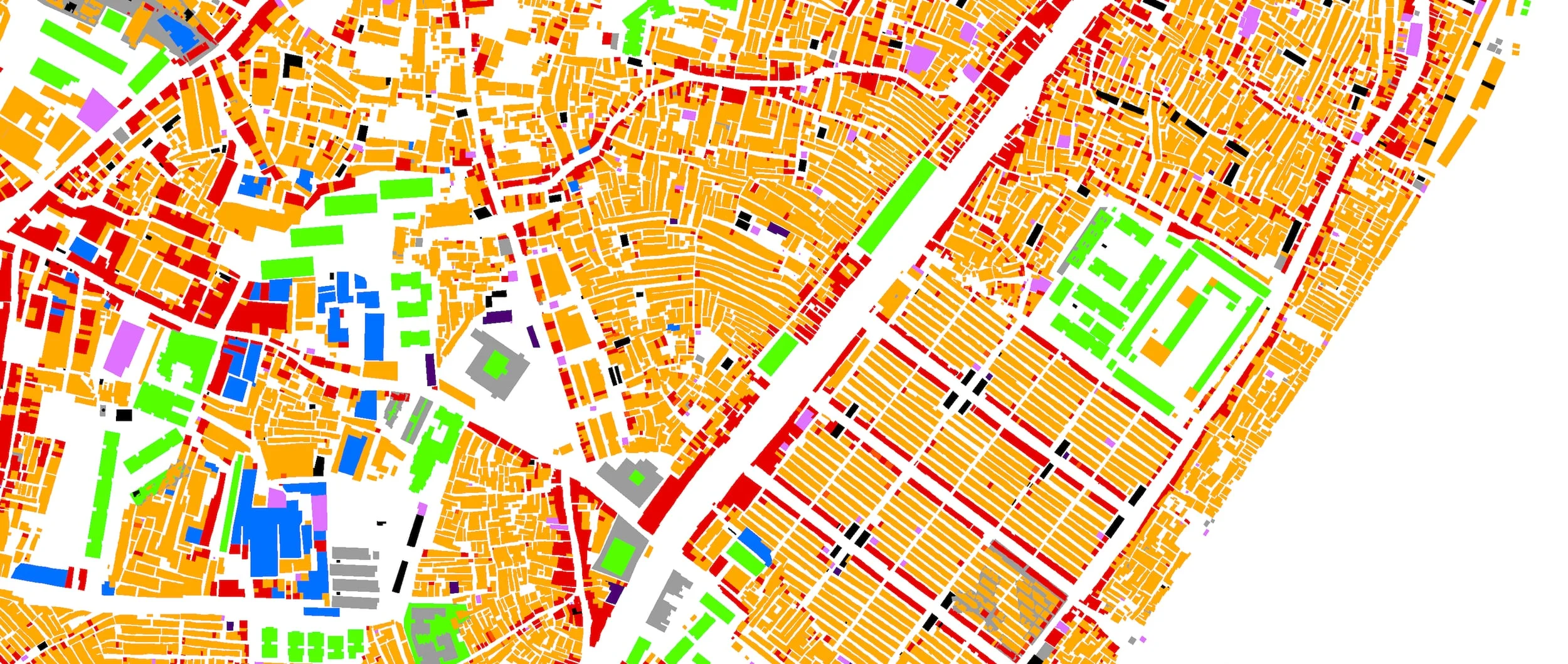As the world’s urban population doubles over the next century, the new infrastructure necessary to build in order to house and care for all of these new residents will be almost equivalent to all of the urban infrastructure that has been built in the history of our species. We need to develop both a better empirical understanding of spatial patterns and evolution in cities, and also better theories about urban function in order to cope with our rapidly growing urban population. I use empirical methods, especially spatial analysis and remote sensing, to link individual choices to aggregate outcomes in order to build better theories about the function of cities and urban water systems.
Determining how and why a city’s consumption patterns have changed is crucial for managing water scarcity in a context of rising water stress due to population growth, climate change, and increased variability in surface water flows. In my dissertation research, I used an extensive case study of the Las Vegas, Nevada water system to demonstrate the utility of two decomposition techniques for decomposing drivers of change in residential water consumption.
Considering the shape of cities from a topological perspective rather than a geometric perspective allows us to mathematically describe the topological transformations that are necessary for a slum neighborhood physically integrate into the broader city. This integration is an important step towards ensuring the safety and security of all urban residents, and thus building resilient cities in a changing and uncertain world.
A demonstration of some of these transformations is shown at https://millionneighborhoods.org
Researchers are testing a tool based on a "topological view" of cities and slums to improve the design of growing urban areas
Read the story: https://scim.ag/2Nv8Gw1
CREDITS -------------- producer Meagan Cantwell citation C. Brelsford et al.

